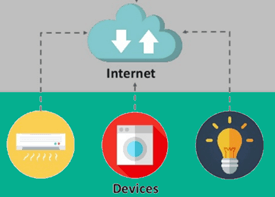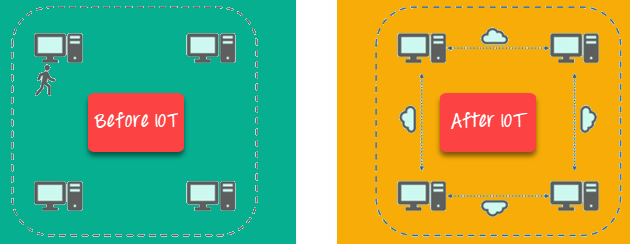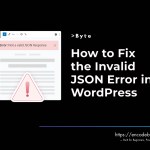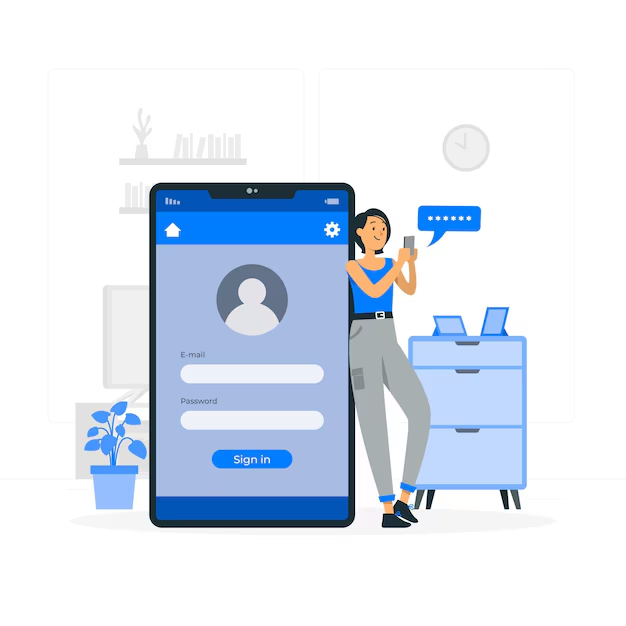The Internet of items (IoT) is a network of actual physical items or people that are referred to as “things” that are outfitted with sensors, electronics, software, and networks to gather and share data. With IoT, conventional items like computers, smartphones, and tablets will be connected to the internet as well as relatively simple appliances like toasters.
IoT stands for “Internet of Things.”
By enhancing parts of our lives with the power of data collecting, AI algorithms, and networks, IoT makes almost everything “smart.” A human with a diabetes monitor implant, an animal with tracking devices, etc. can also be the item in an IoT system. This introduction to IoT tutorial covers all the fundamentals.

In this IoT tutorial, we will learn various IoT concepts like IoT basics, IoT introduction, fundamentals of IoT, etc.
The Evolution of IoT
- The concept of networked devices was first introduced in 1970.
- John Romkey invented a toaster that could be switched on and off through the Internet in 1990.
- Siemens introduced the first M2M cellular module in 1995.
- Kevin Ashton coined the phrase “Internet of Things” while working at P&G in 1999, and it quickly became popular.
- The word was referenced in prominent media such as the Guardian, Boston Globe, and Scientific American in 2004.
- The International Telecommunications Union (ITU) of the United Nations (UN) produced its first study on this topic in 2005.
- The Internet of Things was born in 2008.
- Gartner, a market research firm, included “The Internet of Things” technology in their study in 2011.
How does IoT work?

The IoT process begins with the devices themselves, such as smartphones, smartwatches, and electronic appliances such as TVs and washing machines, which allow you to connect with the IoT platform.
We will now learn about four key components of an IoT system in this IoT tutorial:
1) Sensors/Devices: Sensors or devices are essential components that allow you to collect real-time data from your surroundings. All of these data may be of varying complexity. It may be a basic temperature monitoring sensor, or it could be a video stream.
A gadget may have a variety of sensors that perform functions other than sensing. A mobile phone, for example, includes various sensors such as GPS and a camera, but your smartphone cannot detect these things.
2) Connectivity: All data gathered is transferred to a cloud infrastructure. The sensors should be linked to the cloud via multiple communication channels. Mobile or satellite networks, Bluetooth, WI-FI, WAN, and other communication methods are examples of these.
3) Data Processing: After the data is captured and transferred to the cloud, the program processes it. This method may be as simple as checking the temperature or readout on equipment such as air conditioners or heaters. However, it may also be quite complicated, such as detecting objects on video using computer vision.
4)User Interface: The information must be made available to the end-user in some way, which can be accomplished by activating alarms on their phones or sending them notifications through email or text message. The user may require an interface that actively examines their IoT system from time to time. For instance, the user may have a camera placed in his home. He wants to use a web server to gain access to video recordings and all feeds.
However, communication is not always one-way. Depending on the IoT application and system complexity, the user may also be able to execute an action that may result in cascade repercussions.
For example, if a user observes any changes in the temperature of the refrigerator, the user should be able to modify the temperature using their mobile phone thanks to IoT technology.
Internet of Things Applications
In this IoT lesson, we will look at a variety of IoT applications:
IoT solutions are widely employed in a variety of businesses across industries. The following are some of the most prevalent IoT applications:
| Application type | Description |
|---|---|
| Smart Thermostats | Knowing your use habits allows you to save money on heating expenses. |
| Connected Cars | IoT assists automotive firms in automating billing, parking, insurance, and other associated tasks. |
| Activity Trackers | On your wrist, you may record your heart rate pattern, calorie expenditure, activity levels, and skin temperature. |
| Smart Outlets | Turn any gadget on or off remotely. It also allows you to watch the energy status of a gadget and receive personalised notifications straight on your smartphone. |
| Parking Sensors | IoT technology allows customers to check the availability of parking spaces in real time on their phone. |
| Connect Health | A linked health care system enables real-time health monitoring and patient treatment. It contributes to better medical decision-making based on patient data. |
| Smart City | Smart cities provide a wide range of use cases, from traffic control to water distribution and garbage management. |
| Smart home | The term “smart home” refers to the connection that exists within your home. It comprises smoke alarms, household appliances, light bulbs, windows, door locks, and other such items. |
| Smart supply chain | Allows you to follow items in real time while they are on the road or get suppliers to trade inventory information. |
IoT Challenges
At the moment, IoT is confronted with several obstacles, including:
- insufficient testing and upgrading
- Concerns about data security and privacy Software complexity
- Data volumes and interpretation
- AI integration and automation
- Devices require a steady power source, which is difficult to provide.
- Interaction and short-term communication
IoT Advantages

The following are the primary advantages of IoT technology:
- Technical Optimization: IoT technology contributes significantly to the advancement of technologies. For example, with IoT, a manufacturer may collect data from numerous automotive sensors. The maker examines them in order to enhance their design and make them more efficient.
- Improved Data collecting: Traditional data collecting has limits, as well as being designed for passive usage. IoT enables fast data action.
- Reduced Waste: IoT provides real-time information, allowing for more effective decision making and resource management. For example, if a manufacturer discovers a problem in numerous vehicle engines, he may trace the manufacturing plan of those engines and resolve the problem using the manufacturing belt.
- Improved Customer Engagement: IoT enables you to improve customer experience by recognizing and correcting problems.
IoT disadvantages
Now, in this Internet of Things tutorial, let’s look at some of the downsides of IoT:
- Security: IoT technology generates a network of interconnected devices. However, despite adequate security protections, the system may provide minimal authentication control throughout this procedure.
- Privacy: Without the user’s voluntary engagement, the usage of IoT exposes a significant quantity of personal data in great detail. This raises a slew of privacy concerns.
- Flexibility: The flexibility of an IoT system is a major problem. It is mostly concerned with integrating with another system, as there are several systems involved in the process.
- Complexity: The IoT system’s architecture is likewise highly intricate. Furthermore, deployment and maintenance are difficult.
- Compliance: The Internet of Things has its own set of laws and regulations. However, due to its complexity, the work of compliance is rather difficult.
Best IoT Practices
In this Internet of Things lesson, we will now learn about Best practices for IoT.
- Create goods that are reliable and secure.
- Strong authentication and security mechanisms should be used.
- Non-essential services should be disabled.
- Ensure the security of Internet-managed and IoT management hubs and services.
- Energy-efficient algorithms should be developed in order for the system to remain operational for a longer period of time.
Summary
- Internet of Things (IoT) Overview: The Internet of Things (IoT) is a network of physical items or people known as “things” that are integrated with software, electronics, a network, and sensors that allow them to gather and share data.
- The concept of networked devices was first introduced in 1970.
- Four 1) Sensors/Devices, 2) Connectivity, 3) Data Processing, and 4) User Interface are key components of the IoT framework.
- Smart Thermostats, Connected Cars, Activity Trackers, Smart Outlets, Connect Health, and more IoT applications are available.
- The major benefits of IoT include technical optimization, improved data collection, less waste, and improved customer engagement.
- The primary issues of IoT include security, privacy, complexity, and compliance.









